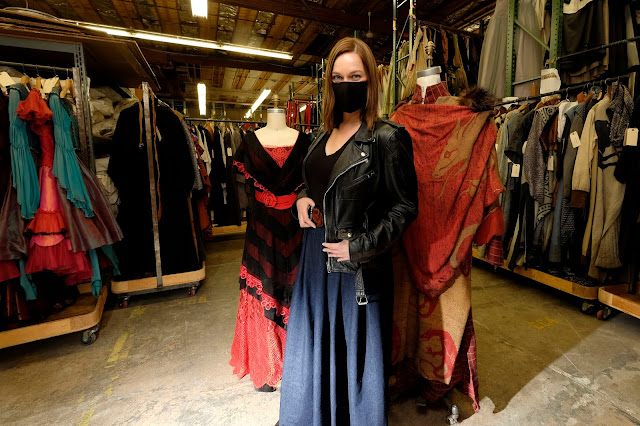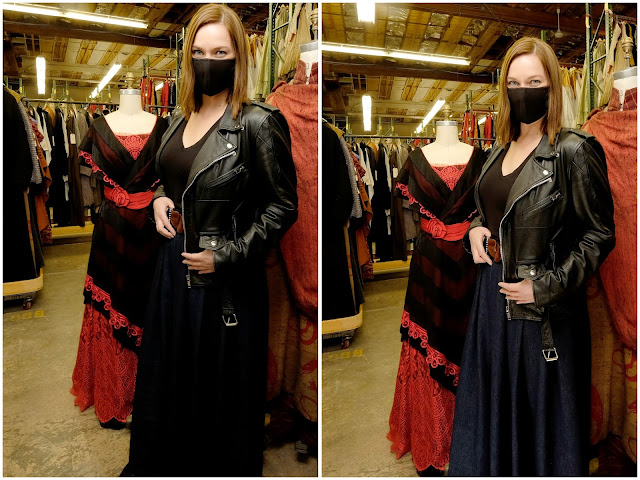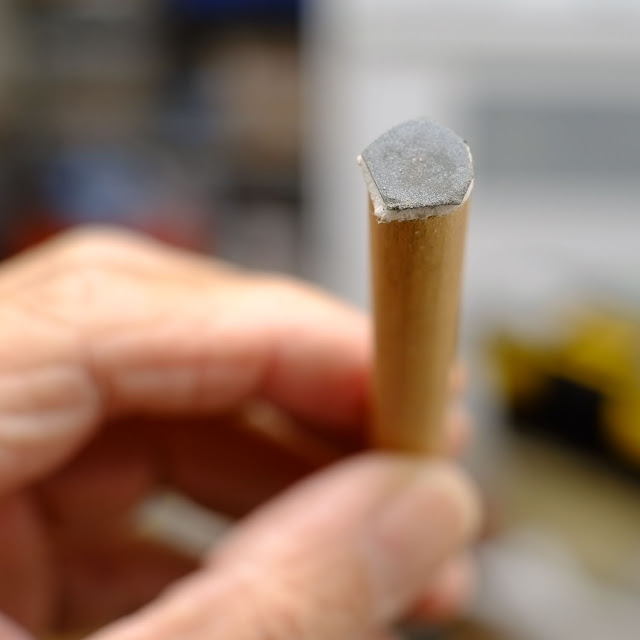For a compilation of the morning walk images, click here.
As a photographer, I am a serious hobbyist, not a professional. As such, the equipment I purchase cannot be deducted as a business expense, so I will acquire new equipment only if there is some feature that can have a positive effect on the quality of my images. I've been very happy with my odd collection of Fuji bodies, starting from my X-E1s through my X-Pros and ending with my X-T bodies, which I consider my first line cameras for most of my assignments.
I had read the early reports on the new X-S10 body, and was immediately drawn to two important features: The fully reticulated LCD panel and the In Body Image Stabilization (IBIS). The latter feature really got my attention because my primary business lens is a 16-55 F 2.8 zoom that lacks image stabilization. I reasoned that if I mounted it on an X-S10 body, I could actually enjoy IS with my three business lenses. That would be a definite upgrade.
I asked my friends at Fireside Camera about the expected delivery date, and they promised to call me when one came in. Low and behold, their first one was delivered about a week ago, and within a day of their phone call, I was in the store examining my new purchase. It had a different feel, due in part to the changes in the body configuration made to accommodate the image stabilization hardware, but I felt that, over time, I could get used to it. Before I left the store, I was warned that the camera controls were designed for an enthusiast and not for the control freak my other Fujis had allowed me to become. I believed that once I selected the control settings I preferred, all would fall into place. I was wrong.
When you update to a new piece of hardware, you notice what is missing, rather than the features that have been added. This is logical, since you can't miss what you never had. Some of things I missed immediately were the lack of an external Focus Mode Select Button, the haphazard (to me) placement of key controls, and most importantly, the "shutter speed dial" that was now an "mode select dial". Gone were the individual shutter speeds engraved on the dial. Instead, there was a selection of exposure modes (Manual, Aperture Priority, Shutter Priority, etc.), very similar to the settings found on a digital single lens reflex.
 |
Fuji X-S10 (top) vs Fuji X-T4. Not 100% to scale, but close.
|
Here is a comparison of the X-S10 (top) and the X-T4 (bottom) top plates. You can see that all of the exposure controls of the T4 are clearly marked, while those of the X-S10 are not. When a lens is mounted, the X-T4 (lower image) will tell you everything you need to know about the current exposure settings (ISO, shutter speed, and exposure compensation, if applied) and the locations of the dials remains consistent across the professional and "prosumer" platforms. If numbers don't scare you, you can easily identify your desired settings. In the case of the X-S10, those unmarked command dials have different functions depending on which mode you select. In fact, the function of the X-S10 resembles an entry level DSLR, which may have been intentional.
Still, the cost is a major factor (MSRP X-S100 = $1000, X-T4 $1,700) when all I really wanted was the IBIS. I understand the video capabilities are well above any of my other digital cameras, but until I actually need them, the purchase was an investment that has yet to provided any major dividends.
Familiarity Breeds Contempt: Truer words were never spoken, especially when it comes to something as straightforward a camera. Heck, it was a Fuji, and after working with them almost exclusively for several years, I felt confident in my ability to wing it in the field. So when an indoor assignment came due, I decided to bring the X-S10. After all, it's a Fuji. What could possibly go wrong?
Ooops! Big mistake here. While I was preparing to make this shot, I started making adjustments as I normally would, but because of the unfamiliar layout, I started changing shooting modes rather than adjusting exposure times. I somehow wound up in one of the programmed modes, which restricted my access to some critical controls. I proceeded to adjust the exposure the only way I could: flash output adjustment. After a half-dozen shots and some well-disguised nervous babble, I thought I had an acceptable shot. Glancing at the LCD, I could see that my images were indeed suitable for publication, so with a show of practiced self-confidence, concluded the session and thanked my subjects. As I walked back to my car, I repeatedly previewed my image, almost afraid it would mysteriously vanish at the will of my petulant camera. Luckily for me, the hadn't. When the photo was properly captioned and sent to my editor, I started to breath again, calming my nerves with a double ration of ice cream.
Stress Test: Call it what you will, but taking a new camera on an assignment will really challenge your notion of how well you know your equipment. I admit to being out of practice since the assignments stopped coming during the pandemic, and should have taken more time to familiarize myself with the new X-S10. Still, I got my image stabilization and my fully reticulated LCD panel at a reasonable cost, with my pride being the only casualty of my embarrassing lack of familiarity.















































